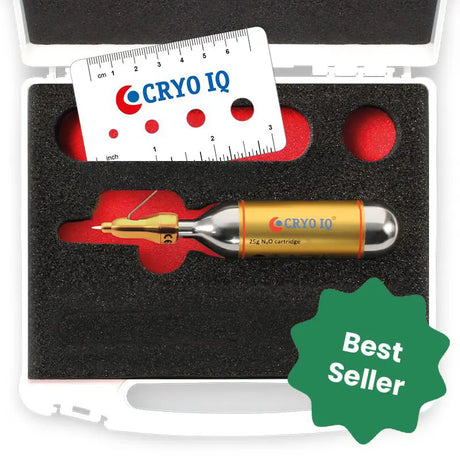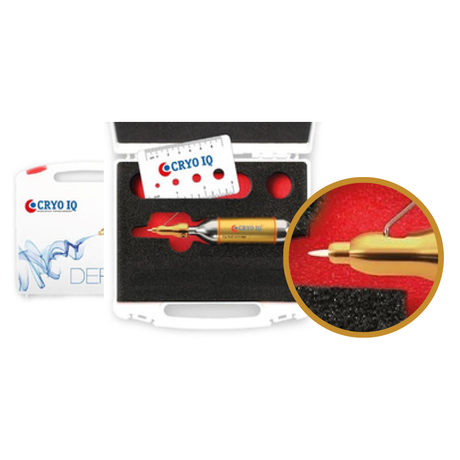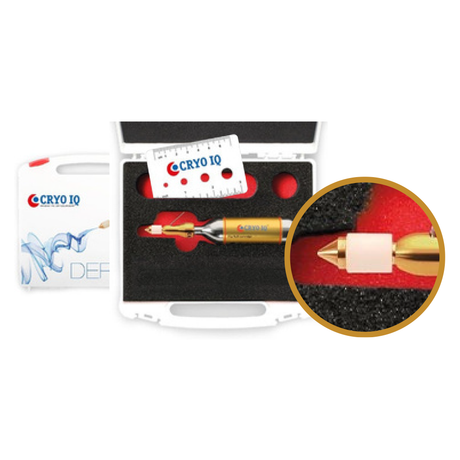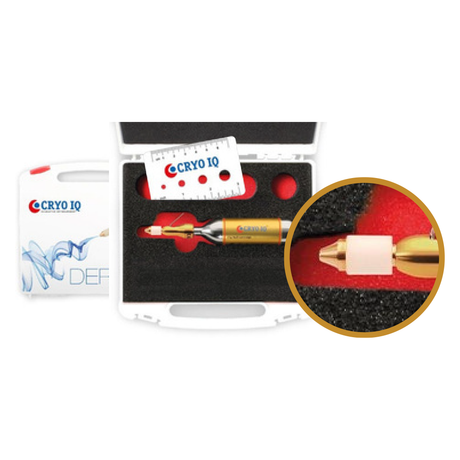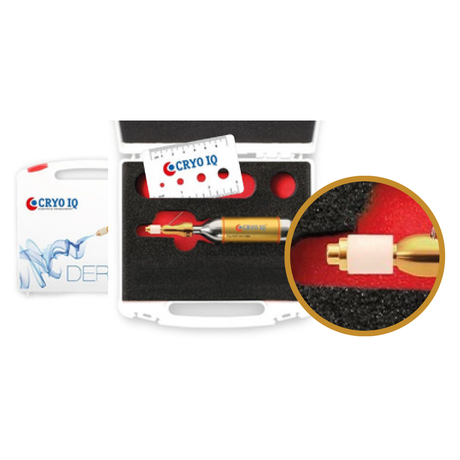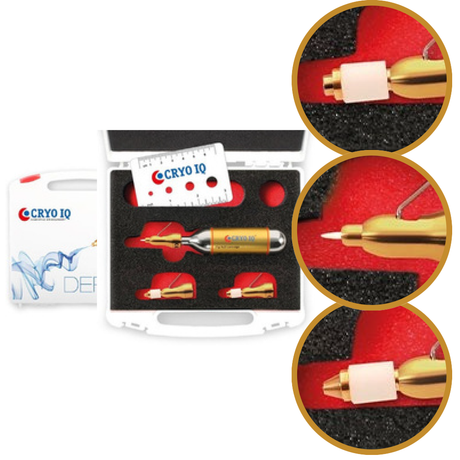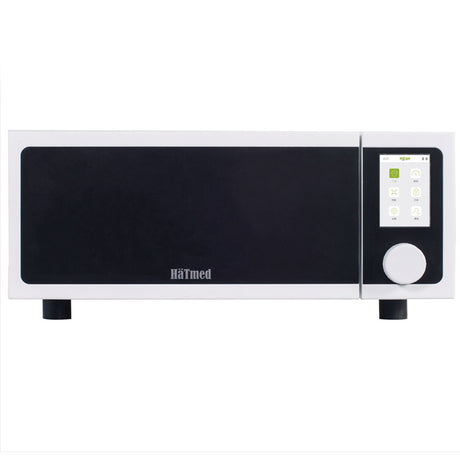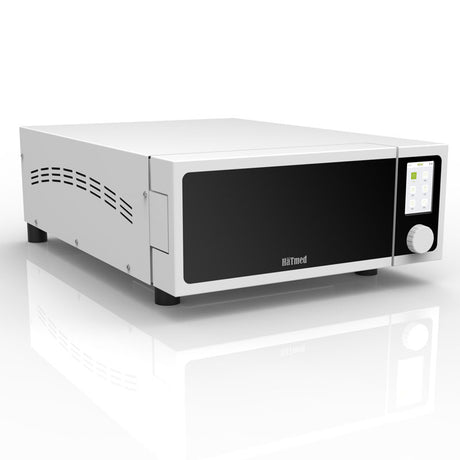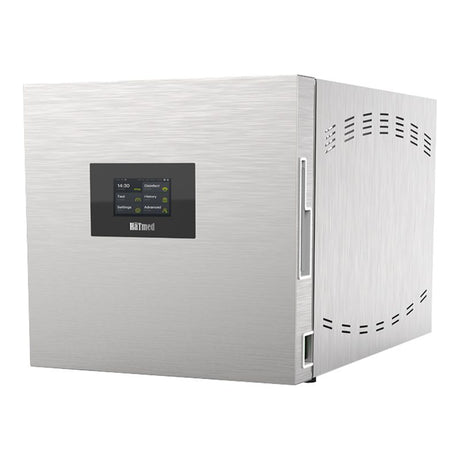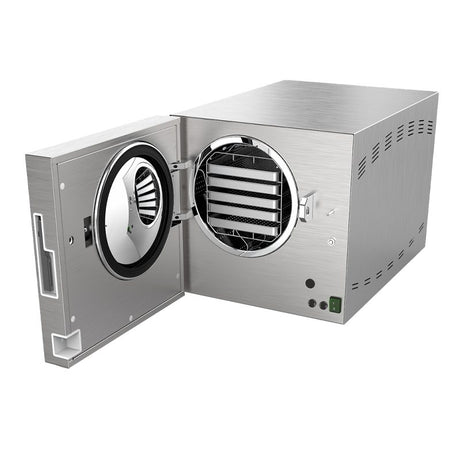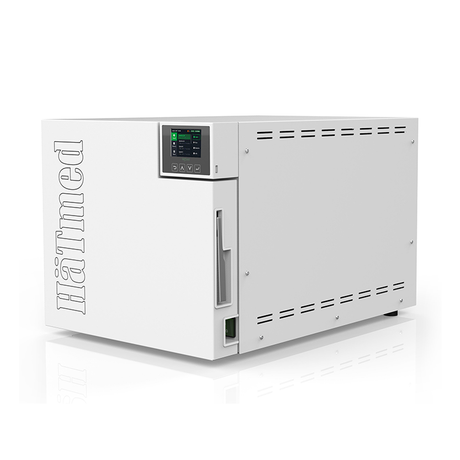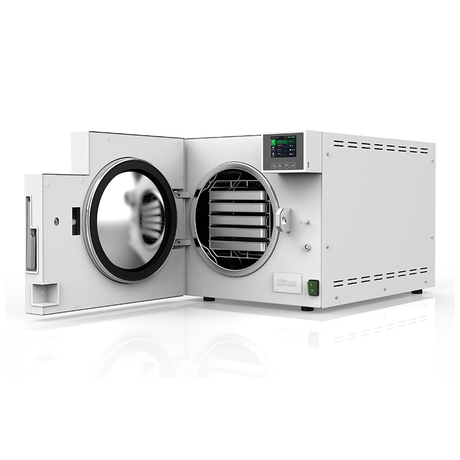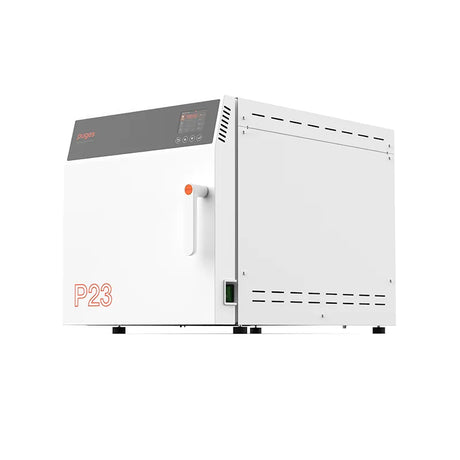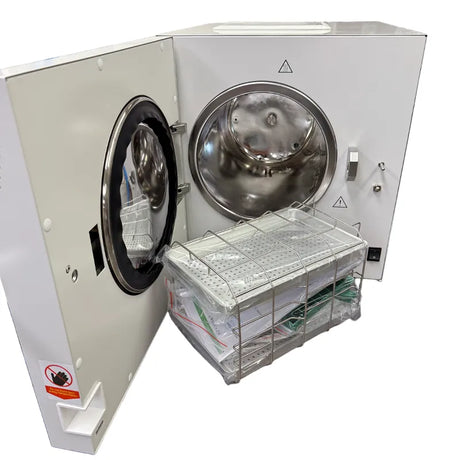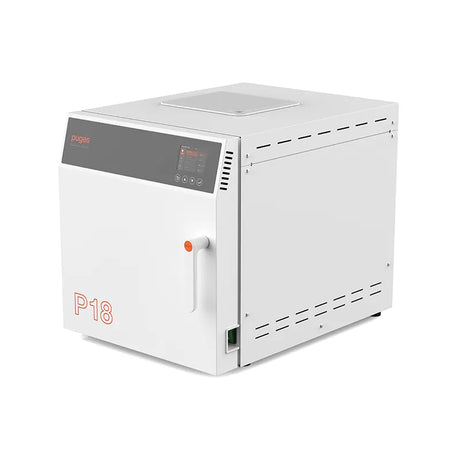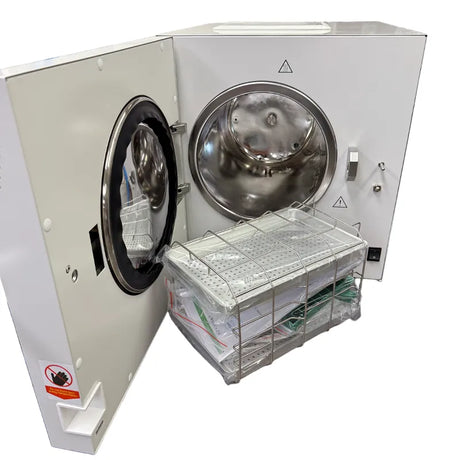Lightweight, easy to carry, and not restricted to use only at home or within medical settings, portable oxygen concentrators (POCs) are game-changing devices that help people better manage their respiratory health.
These adaptable, battery-powered concentrators provide a new level of freedom and convenience that might have seemed unimaginable in the old days of bulky drag-around oxygen tanks or in comparison to the stationary home concentrators. Understanding how exactly these devices work and the health benefits they provide is important when it comes to why you should choose a portable oxygen concentrator over a more traditional oxygen delivery system.
Since Zone Medical is Australia’s leading provider of innovative, people-focused healthcare equipment, we put together this guide to explain how portable oxygen concentrators work – and why we’re the best partners to help you find the right type of concentrator for your healthcare needs.
What is a portable oxygen concentrator?
First, it’s important to understand that oxygen concentrators are essentially ‘oxygen generators’. This means they generate oxygen as needed, or as set on the device. They can deliver oxygen either in a continuous flow or in pulse doses. This is not the same as oxygen tanks, which store pre-filled oxygen in a compressed form and need to be refilled or replaced when they run out.
Another significant difference is that oxygen tanks only use a traditional continuous flow system, meaning oxygen flows ‘continuously’ when the system is turned on - even when you’re not inhaling - until the tank runs empty and needs replacing. In contrast, some portable oxygen concentrators (POCs) offer a more efficient pulse dose mode, which delivers oxygen only when you inhale. This not only conserves oxygen but also extends battery life. Both continuous flow and pulse dose POCs can run on battery power and can also be plugged in and used or charged via AC or DC power. This is one of the most noticeable advantages of using a POC, and a major reason why many people choose them over tanks - for their convenience, flexibility, and reliability.
If you’re interested in learning more about the differences between these delivery methods, be sure to check out our guide on Pulse Dose vs. Continuous Flow.
How do portable oxygen concentrators work?
Here’s a simple step-by-step breakdown to understand how exactly POCs generate and deliver oxygen:
1) Air intake
The concentrator pulls in ambient air through a filter to remove dust, allergens, and any other impurities.
2) Oxygen separation
The air then passes through a molecular sieve, which separates nitrogen from oxygen and concentrates the oxygen to therapeutic levels.
3) Oxygen delivery
The purified oxygen is stored temporarily in the concentrator and delivered to the user through a nasal cannula.
4) Exhaust
The nitrogen and other by-products are safely released back into the atmosphere.
From there, the cycle goes on and repeats continuously to provide a smooth and consistent supply of oxygen whenever it’s needed, either by pulse dose or continuous flow delivery. Many of the most common models are even FAA-approved for air travel in order to add an extra level of convenience and flexibility for users.
Choosing the right portable oxygen concentrator with the help of Zone Medical
Since choosing the right oxygen concentrator depends on both your lifestyle and your doctor’s recommendation, the good news is that Zone Medical offers a wide range of high-quality POCs to suit different needs and oxygen requirements. From compact pulse dose models ideal for exercise, transport and travel, to more powerful options for those with higher oxygen demands, Zone Medical has you covered.
Everyone’s oxygen needs, respiratory conditions, and daily routines are different. That’s why it’s essential to choose a supplier that understands your individual circumstances. In consultation with your medical team and based on your personal goals, Zone Medical will help you find the best fit - ensuring you feel comfortable, supported, and in control of your breathing, while maintaining the mobility and independence that matter most.
If you need any help making your decision, check out our Portable Oxygen Concentrator page, or just give us a ring on 1300 009 663. Our team is always here to provide you with free, professional advice.


